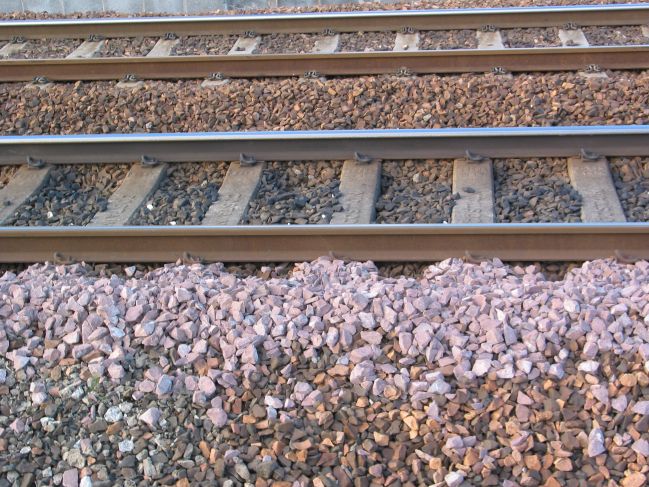National Environmental Merit Award
In elementary school we learn wrongly what the oceans represent, starting by repeating that they represent 75 percent of the Earth. Fatal error. If you could collect all the water on Earth – fresh, salty, underground, and put it into a ball, it would be smaller than Mexico. Nor do they teach us that humanity is highly dependent on the oceans. 60 percent of the proteins we consume and 85 percent of the oxygen come from them, mostly produced by phytoplankton. Its waters are the real lungs of the planet and absorb carbon dioxide, regulating the Earth’s climate. For this reason, the United Nations has declared the decade 2021-2030 the “Decade of Ocean Science for Sustainable Development.”
If we focus on the Caribbean, it is a nearly enclosed sea between the Lesser Antilles arc and the continental part of the Caribbean Sea, with the Mesoamerican Reef System (SAM) being roughly the second largest coral reef on earth. 25 percent of the world’s coral diversity. Linked to coral reefs, tourism has developed, the “SSS Triple” (sun, sand, sea) and its important contribution to GDP.
Mar is connected by a sea corridor that stretches from northern Quintana Roo, Mexico, to the Honduras Islands, and also includes mangroves, seagrass, coral reefs, and the open sea. These sites are interconnected by currents, carrying offspring of countless species. The MAR Corridor covers more than a thousand kilometers and is used as a migration route for marine animals, including turtles, sharks, crustaceans, and fish. Among them are whale sharks, hawksbill turtles and green turtles, which are in danger of extinction. The same situation has the spiny lobster, which is of high commercial value. These species contribute millions of dollars in revenue and countless benefits to the ecosystem. For example, diving with bull sharks in Playa del Carmen brings in $400,000 annually. Protecting the health of marine and coastal resources is essential to climate stability, food security, people’s livelihood, and economic development. The World Resources Institute (Belize) reports that tourism related to coral reefs generates $196 million annually, and these plus mangroves provide $347 million annually to avoid damage. An example of carbon capture, coastal protection and a water filtration system.
A few days ago it was announced that the mangrove area of Puerto Morelos, in the Mexican Caribbean, will be cut to widen the road connecting this city to the Federal Highway (Cancun-Chetumal) given that an average of 500 daily stone dump trucks from Cuba will pass through during the year One for the Mayan Train Works. This is a double ECOCIDE, against coral reefs and mangrove swamps.
These stones will arrive in larger boats that will remain outside the barrier reef. Of these they would go to barges propelled by trailers to lie in the dock of the tiny port of Puerto Morelos, whose draft is not even 10 meters deep. From there to unloading trucks to transport stones for the construction of the Mayan train. These processes will break up coral reefs and raise marine sediments that will suffocate the corals and their associated seagrass and fauna. On the other hand, several hundred hectares of mangrove forests will be cut down to widen the Puerto Morelos road from the existing two lanes to 4. In the face of this potential environmental disaster, the federal government is obliged to inform 1) Why bring stones from Cuba? 2) Where is the ship going to the shore and will its draft increase? 3) Where is the environmental impact study for this work and the permits from the Environment Authority in Simarnat? Is it intended to change the tourism business in Puerto Morelos into an industrial commercial port?
What the federal, state and municipal government authorities should harmonize is the environmental policies to preserve the marine and coastal ecosystems of the MAR, their biological and ecological value and their multiple environmental services, which is what allows to maintain the economy and social well-being. For the good of all, science first in Puerto Morelos, the jewel of the Mexican Caribbean.
[email protected]
Read, from the same author: Poor Waters: Now, “Blue Tide”
Editing: Estefania Cardina





